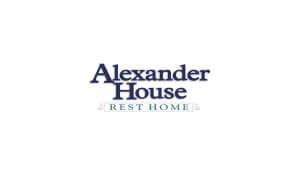‘Pressure injury’ according to ACC can be classified in some instances as a ‘treatment related injury’ and therefore you may have the option of gaining support / assistance from ACC in relation to treatment of the pressure injury. In their 2011 fact-sheet, ACC noted “Pressure areas are a significant source of treatment injury claims and impact on both patient morbidity and mortality (1). Between July 2005 and March 2011, ACC accepted 506 claims for pressure areas, and notified 45 as adverse events to the Ministry of Health”.
As pressure injuries are a key focus for Ministry of Health (MoH) this year, auditors will be looking closely at the documentation around identification, management, treatment / care planning and evaluation of these events. Ensure you have comprehensive evidence of your clinical management processes.
Also remember when you log a pressure injury into the adverse event reporting system, you include the stage of the pressure injury. In the HCSL QA online system click ‘pressure injury’ in the ‘type of event’ box and then in the box directly under that, you can record the additional detail of the stage of the pressure injury.
The required MoH notification forms can be found here. You will need the resident GP to complete a ACC45 form. Then contact ACC and rather than asking for what you want, ask what they can do to help. If you ask first, you may be missing out on something they could have provided access to.
For more information on seeking support contact Assistant ACC directly or the ACC Contracts Manager – CDHB Email: Leanne.davie@cdhb.health.nz
